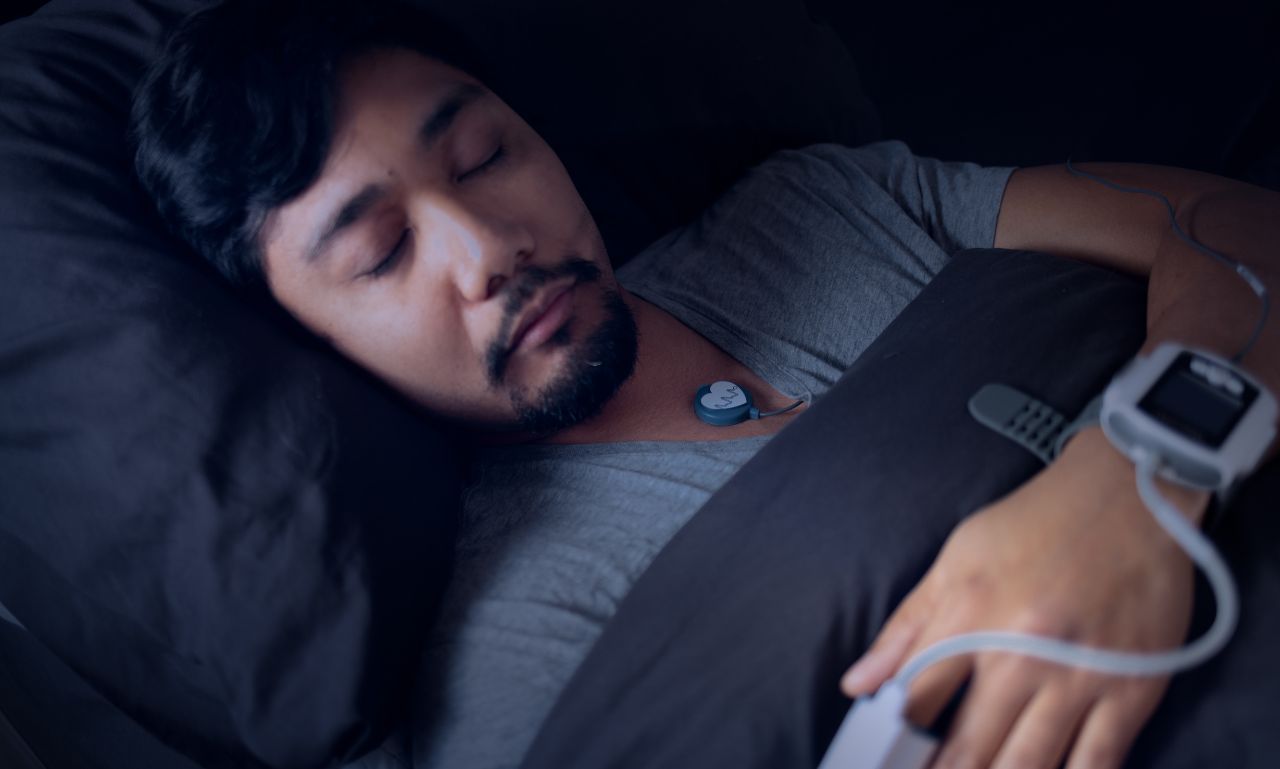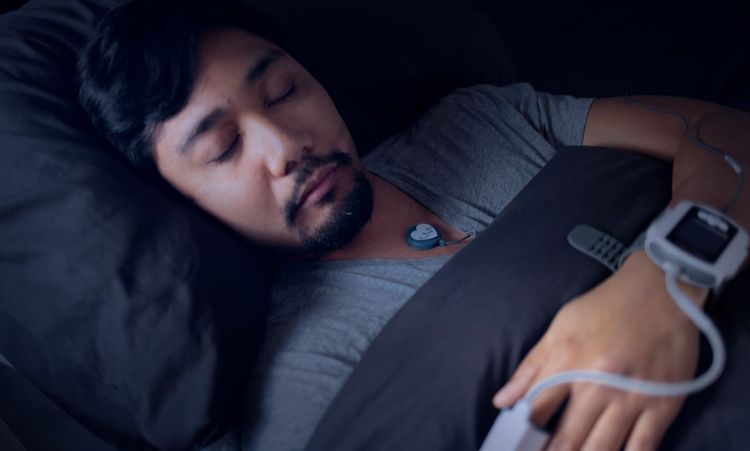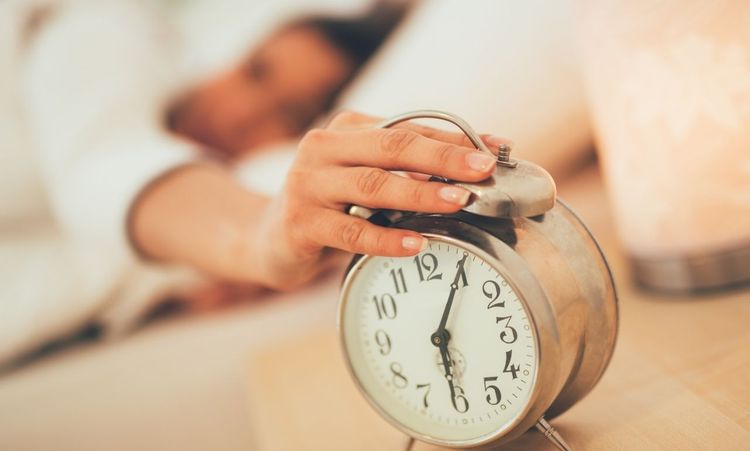Welcome to your journey towards better sleep health. Understanding the sleep study process can demystify the path to diagnosing and treating sleep-related disorders. Whether you’ve been struggling with sleepless nights or suspect you have a sleep disorder, this guide is your roadmap to navigating the process with confidence and clarity. The process is a critical step in diagnosing sleep disorders that affect millions worldwide. By delving into this process, you empower yourself with knowledge, making the experience less daunting and more manageable.
Purpose of a Sleep Study
A sleep study, also known as polysomnography, serves as a diagnostic tool to evaluate your sleep patterns and identify any abnormalities. The primary purpose of a sleep study is to:
- Diagnose Sleep Disorders: Pinpoint specific sleep-related issues such as apnea, insomnia, or restless legs syndrome.
- Assess Sleep Quality: Understand the quality and stages of your sleep to identify disruptions.
- Guide Treatment Plans: Provide data that helps healthcare providers develop effective treatment strategies tailored to your needs.
Understanding the purpose behind the study process helps you appreciate its significance in achieving restful and restorative sleep.
Conditions Diagnosed with a Sleep Study

Sleep studies are versatile diagnostic tools capable of identifying various sleep disorders. Here are some common conditions diagnosed through the process:
Sleep Apnea
Sleep apnea is a prevalent disorder characterized by pauses in breathing or shallow breaths during sleep. It can lead to fragmented sleep and low blood oxygen levels, resulting in excessive daytime sleepiness and other health complications. The process accurately measures breathing patterns, oxygen levels, and other vital signs to confirm the presence and severity of sleep apnea.
Insomnia
Insomnia involves difficulty falling asleep, staying asleep, or waking up too early. While often diagnosed based on symptoms, a sleep study can rule out other underlying sleep disorders contributing to insomnia. It provides a comprehensive view of your sleep architecture, helping healthcare providers understand disruptions in your sleep cycle.
Restless Legs Syndrome
Restless Legs Syndrome (RLS) causes uncomfortable sensations in the legs, leading to an irresistible urge to move them, especially at night. A sleep study monitors limb movements during sleep, distinguishing RLS from other movement disorders and guiding appropriate treatment options.
What to Expect During a Sleep Study
Embarking on the study process involves several steps designed to create an accurate and comfortable monitoring environment. Here’s what you can expect:
Timing and Location
Sleep studies can be conducted in hospitals, specialized sleep centers, or even at home. The sleep process typically involves an overnight stay, allowing comprehensive monitoring of your sleep throughout a full night cycle. Scheduling is usually flexible, accommodating your availability while ensuring a conducive environment for restful sleep.
Preparing for the Study
Preparation is key to a successful sleep study. Here’s how to get ready:
- Follow Pre-Study Instructions: Your healthcare provider will give specific guidelines, such as avoiding caffeine or certain medications before the study.
- Maintain Regular Sleep Schedule: Try to stick to your usual sleep routine in the days leading up to the study to ensure accurate baseline data.
- Wear Comfortable Clothing: Opt for loose-fitting, comfortable attire to make the night as restful as possible.
Items to Bring to the Sleep Center
Packing for the sleep study might feel like preparing for a short trip. Here’s a checklist to ensure you have everything you need:
Item
Purpose
Personal Toiletries
For comfort and to maintain hygiene
Comfortable Pajamas
To ensure restful sleep without restriction
Medications
Essential medications, as advised by your provider
Reading Material
For relaxation before bedtime
Identification
Necessary for check-in and records
The Day-of Process
Arriving at the sleep center marks the beginning of the process**.** Here’s what your day will look like:
Check-in Procedures
Upon arrival, you’ll check in at the reception. Here, you'll confirm your appointment, provide necessary documentation, and receive a brief orientation about the facility. This is the time to ask any last-minute questions or express concerns to the staff.
Setup of Monitoring Equipment
A sleep technologist will guide you through the setup of monitoring equipment. This process involves attaching sensors to various parts of your body to measure brain activity, eye movements, muscle activity, heart rate, breathing patterns, and oxygen levels. Despite appearing intimidating, the setup is generally painless and designed to be as comfortable as possible.
Troubleshooting Sleep Issues Overnight
Throughout the night, the staff will monitor your data and ensure that the equipment functions correctly. If you encounter any difficulties, such as discomfort or technical issues, the technologist will assist you promptly. Their goal is to create an environment that mimics your natural sleep as closely as possible, ensuring accurate data collection.
Measurements Taken During a Sleep Study
This process involves multiple measurements to provide a comprehensive assessment of your sleep health. Let’s explore the key metrics monitored:
Brain Activity Monitoring
Electroencephalography (EEG) measures your brain waves to determine different sleep stages, including light sleep, deep sleep, and REM (Rapid Eye Movement) sleep. Understanding brain activity is crucial for identifying disruptions in your sleep cycle and diagnosing conditions like insomnia or narcolepsy.
Oxygen Level Measurement
Pulse oximetry monitors the oxygen saturation in your blood. Drops in oxygen levels during sleep can indicate breathing issues such as sleep apnea. Maintaining adequate oxygen levels is essential for overall health, making this measurement vital.
Heart Rate and Breathing Patterns
Electrocardiography (ECG) and respiratory sensors track your heart rate and breathing patterns. Irregular heart rates or abnormal breathing can signal underlying health issues, including cardiovascular problems or sleep-related breathing disorders. These measurements help in diagnosing and managing conditions associated with disrupted sleep.
Interpreting Sleep Study Results
Once it is complete, interpreting the results involves understanding the collected data and its implications for your health.
Understanding Sleep Stages

Sleep occurs in cycles of different stages: N1 (light sleep), N2 (intermediate sleep), N3 (deep sleep), and REM sleep. Each stage plays a unique role in restorative processes. Analyzing the duration and transitions between these stages helps identify abnormalities and their potential impact on your overall well-being.
Discussing Results with Healthcare Providers
After your sleep study, a healthcare provider will review the results with you. This discussion will cover:
- Findings: Explanation of your sleep patterns and any detected disorders.
- Implications: How the results affect your health and daily functioning.
- Treatment Options: Recommended interventions, which may include lifestyle changes, CPAP therapy for sleep apnea, medications, or other treatments tailored to your specific condition.
Engaging in an open dialogue with your healthcare provider ensures you understand your sleep health and the steps needed to improve it.
Conclusion
Navigating the sleep study process may seem overwhelming, but with the right information, it becomes a manageable and empowering experience. By understanding each step—from preparation to interpreting results—you take an active role in diagnosing and treating sleep disorders. Remember, achieving quality sleep is a vital component of overall health, and a sleep study is a significant step towards that goal.




